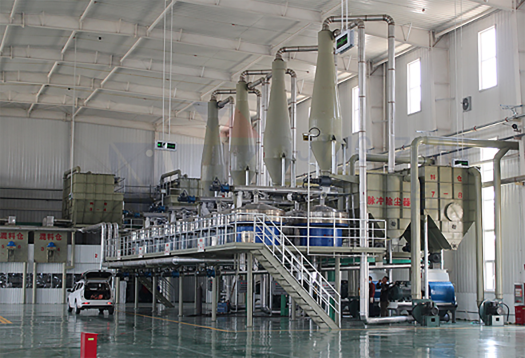
Aug . 17, 2024 16:57 Back to list
High Viscosity HPMC Applications in Pharmaceutical and Food Industries
High Viscosity Hydroxypropyl Methylcellulose (HPMC) A Versatile Excipient in Pharmaceutical Formulations
Hydroxypropyl Methylcellulose (HPMC) is a widely-used polymer in pharmaceutical formulations, known for its versatile properties and range of applications. Among its various grades, high viscosity HPMC plays a crucial role, particularly in controlled-release formulations and in providing desirable rheological characteristics in various dosage forms.
HPMC is derived from cellulose, a natural polymer, which is modified to enhance its solubility and functionality in various solvents. The “high viscosity” designation refers to the polymer’s behavior in solution, where it exhibits significant thickening and gelling properties. This feature is particularly valuable in contexts where the formulation requires a particular flow characteristic, stability, and viscosity profile.
High Viscosity Hydroxypropyl Methylcellulose (HPMC) A Versatile Excipient in Pharmaceutical Formulations
In addition to its role in controlled release, high viscosity HPMC is also used as a binder in tablet formulations. It helps to improve the mechanical strength and disintegration properties of tablets, ensuring that they maintain their integrity during handling and distribution. When tablets dissolve or disintegrate in the gastrointestinal tract, high viscosity HPMC releases the drug slowly, facilitating an optimal absorption rate and enhancing bioavailability.
high viscosity hpmc

Another significant characteristic of high viscosity HPMC is its ability to modify the rheological properties of different formulations. In liquid formulations, such as suspensions and emulsions, HPMC acts as a thickening agent, helping to stabilize the dispersion of particles and preventing sedimentation. This is particularly important in creating a consistent dosing regimen for liquid medications, ensuring that patients receive the correct amount of medication with every dose.
The safety profile of high viscosity HPMC also adds to its appeal as an excipient. It is generally recognized as safe (GRAS) by regulatory authorities, making it suitable for use in pharmaceutical products. Its biocompatibility ensures that it can be used in various formulations without eliciting adverse side effects in patients.
The versatility of high viscosity HPMC extends beyond pharmaceuticals into other industries such as food, cosmetics, and construction. In the food industry, it acts as a thickener and stabilizer, while in cosmetics, it is used to improve the texture and consistency of creams and lotions. In construction, HPMC is utilized in cement formulations to enhance workability and water retention.
Challenges in using high viscosity HPMC include variability in viscosity based on temperature and concentration, which can impact the formulation process. Manufacturers must carefully evaluate the specific requirements of their products to select the appropriate grade and ensure consistency across batches.
In conclusion, high viscosity Hydroxypropyl Methylcellulose serves as a valuable excipient in pharmaceutical formulations, contributing to the stability, release profile, and overall effectiveness of drug products. Its multifunctional properties support a myriad of applications, confirming its significance in both pharmaceutical and non-pharmaceutical industries. As research progresses and new formulations emerge, the role of high viscosity HPMC is expected to expand, continuously enhancing the quality and efficacy of various products available on the market.
-
tile-bonding-additives-for-stronger-bonds
NewsAug.22,2025
-
construction-grade-rdp-for-wholesale-needs
NewsAug.22,2025
-
trusted-wholesale-hec-partners
NewsAug.22,2025
-
hec-solutions-for-industrial-excellence
NewsAug.22,2025
-
construction-additives-need-hpmc-essentials
NewsAug.22,2025
-
hpmc-versatile-cellulose-ether-for-industries
NewsAug.22,2025







